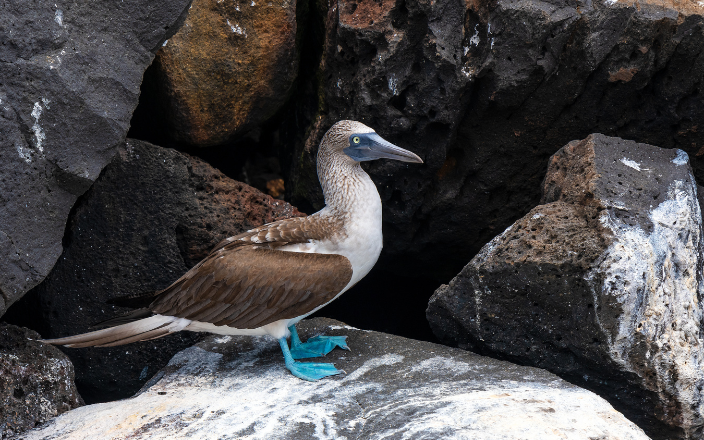Recently, authorities in the Galapagos Islands have temporarily closed two sites due to a potential avian influenza outbreak. The affected areas are Punta Espinoza on Fernandina Island and Bahía Urbina on Isabela Island.
The decision to close these sites came after park rangers discovered a dozen dead seabirds, specifically Galapagos shearwaters (Puffinus subalaris). The cause of their deaths is suspected to be avian influenza, although laboratory test results are still pending. Since September 2023, nearly 200 birds have been affected across the entire archipelago, with San Cristóbal Island also experiencing closures in two areas for the past six months.
The Galápagos Islands, renowned for their unique biodiversity and pristine ecosystems, are closely monitored by conservationists and authorities. The closure of these sites aims to prevent further spread of the disease and protect the delicate balance of this extraordinary natural habitat.
Significance of birds in the Galapagos Islands:
The Galapagos Islands, an Ecuadorian archipelago, harbor unique bird species that have evolved distinct qualities setting them apart from their counterparts elsewhere in the world. Tourists visiting the national park typically encounter around nineteen different bird species among the Galapagos avifauna. Scientists estimate that approximately 750,000 seabirds inhabit this region, making it a vital habitat for avian life.
Marine birds dominate the Galapagos due to the abundant oxygen-rich waters and natural behaviors. Notable species include:
- Blue-footed Boobies: These charismatic birds, with their striking blue feet, constitute thirty percent of the global population.
- Red-footed Boobies: The world’s largest red-footed booby colony resides here.
- Nazca Boobies: Galapagos hosts the planet’s most extensive Nazca booby community.
- Flightless Cormorants: These unique cormorants are well-adapted to their environment.
- Galapagos Penguins: The only penguins found north of the equator thrive here.
In contrast, few terrestrial bird species inhabit the islands—approximately 22 to 23 permanent species. Among them are the iconic Galapagos finches, which played a crucial role in Charles Darwin’s theory of evolution. These remarkable birds contribute to the archipelago’s ecological balance and serve as living examples of adaptation and natural selection.
As scientists continue their investigations, the Galapagos National Park Directorate remains vigilant, emphasizing the need for swift action to safeguard the islands’ iconic wildlife. Avian influenza outbreaks can have devastating consequences for bird populations, making timely measures crucial to preserving the Galapagos’ ecological integrity.
While the exact cause of the outbreak remains under scrutiny, the closure of these areas underscores the commitment to conservation and the delicate dance between human activity and the fragile ecosystems that define the Galapagos Islands.
In summary, the potential avian influenza outbreak has prompted the temporary closure of Punta Espinoza and Bahía Urbina, signaling the urgent need for vigilance, and coordinated efforts to protect this UNESCO World Heritage Site.
Sources: Available upon request

